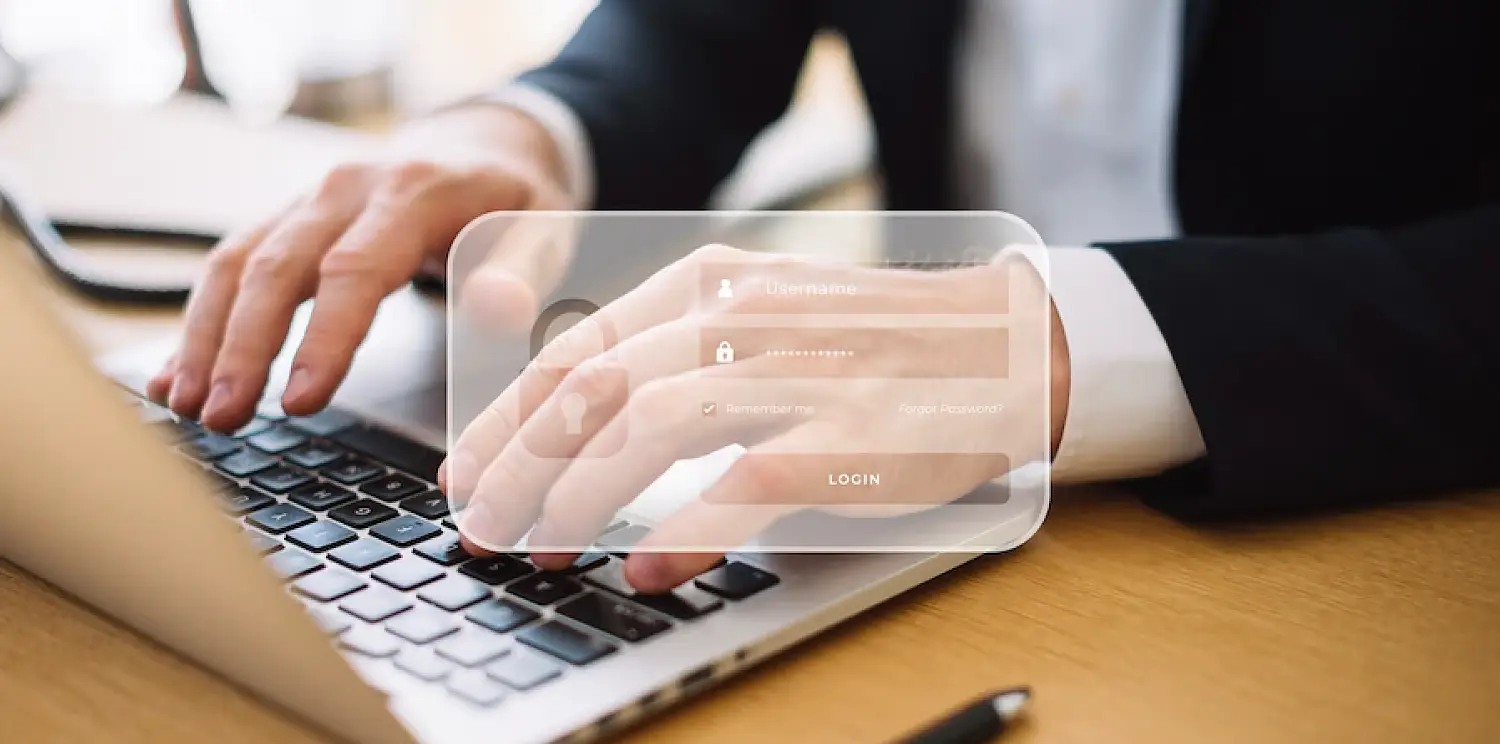Identity and access management (IAM) in business refers to the processes and technologies used to manage and control access to a company’s systems, resources, and data. This includes managing user identities, authentication, and authorization to ensure that only authorized individuals have access to sensitive information. IAM solutions are used to secure access to systems, networks, and applications, and can include tools such as single sign-on (SSO), multi-factor authentication (MFA), and identity and access management platforms. These solutions help organizations to comply with regulations, protect against cyber threats, and improve overall security and efficiency.
Identity and access management (IAM) in the retail business involves the processes and technologies used to manage and secure the identities of customers, employees, and partners, as well as the access they have to sensitive information and systems. This can include authentication, authorization, and access control systems, as well as security measures such as multi-factor authentication and role-based access control. In the retail industry, IAM is used to protect customer data, prevent unauthorized access to systems, and ensure compliance with industry regulations such as PCI DSS. Additionally, retailers use IAM to manage the access of employees and partners to sensitive information and systems, such as inventory management systems and point-of-sale terminals.
In the retail industry, identity and access management (IAM) is critical for protecting sensitive customer data, preventing unauthorized access to systems, and ensuring compliance with regulations such as the Payment Card Industry Data Security Standard (PCI DSS).
One specific example of IAM in the retail industry is the use of multi-factor authentication (MFA) for customer account access. This can include using a combination of a password and a one-time code sent to a customer’s mobile phone to verify their identity before allowing them to access their account.
Another example is the use of role-based access control (RBAC) to manage employee access to sensitive systems and data. For example, a cashier may only have access to the point-of-sale system and not to the inventory management system. This limits the potential for data breaches and ensures that only authorized individuals have access to sensitive information.
In addition to these technical solutions, retail companies also use IAM policies and procedures to ensure compliance with regulations such as PCI DSS, which requires strict controls over access to payment card data. This can include regular security audits, employee training, and incident response plans.
Overall, IAM is a critical component of the retail industry, helping to protect sensitive data and maintain compliance with industry regulations, while also managing access to systems and data, to ensure that only authorized individuals have access.
In the retail industry, IAM systems may be used to control access to point-of-sale systems and sensitive customer data. This may include implementing regular security training for employees and implementing strict controls on the use of mobile devices.
Businesses also need to be compliant with the regulations and standards that are relevant to their industry, such as SOC 2, ISO 27001, HIPAA, or PCI-DSS. These regulations and standards provide guidelines on how companies should manage and protect sensitive data, and IAM plays a critical role in meeting these requirements.
Overall, IAM is a critical component of information security for businesses. It helps to ensure that only authorized individuals have access to company resources and that sensitive data is protected from unauthorized access.
Overall, regardless of the industry, an effective IAM system should be able to manage user identities, control access to resources, and monitor and report on access attempts.
TSAROLABS helps you to analyze and access your Business resources and data. We assist you to manage and restrict access to a company’s resources, data, and systems.
Related Tags:
Identity and Access, Management, Business, Security, Sensitive, Information, Single Sign-On, Cyber Threat, Authentication, Authorization.


